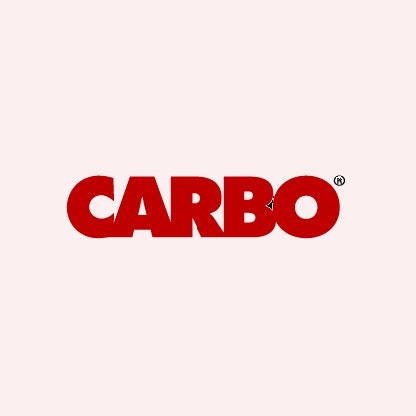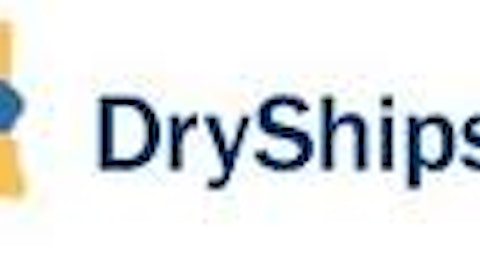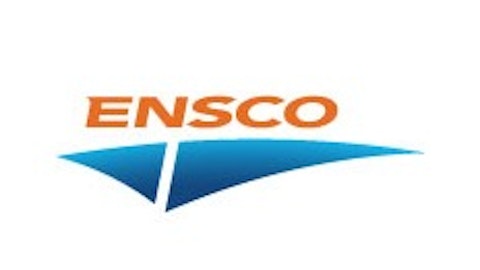Sometimes the least obvious investments on the market are the ones that yield the best returns for your portfolio. While the incredible transformation of the domestic oil and natural gas industry has likely been acknowledged by investors across the spectrum, there are hidden opportunities if you look hard enough. One such less obvious investment is CARBO Ceramics Inc. (NYSE:CRR), which supplies proppants to companies drilling or exploring oil and gas reserves around the world.

Although the company faced depressed natural gas drilling activity in North America in 2012 and increasing competition from low-quality Chinese ceramic proppants, there are several good reasons to make room for CARBO on your watchlist – or even your portfolio – in 2013. Here are three reasons to go long.
1. Superior products
Unfortunately for completion engineers (the individuals modeling wells to optimize proppant selection), the process is a little more complex than simply pumping some beads into their newly drilled wells and waiting for oil and gas to shoot up. Can a driller get away with using a cheaper proppant such as sand? Or can more value be unlocked by using pricier ceramic proppants?
While each well poses unique challenges, completion engineers are increasingly turning to ceramic proppants to increase productivity and conductivity, or the permeability, of wells. This is especially true in horizontal drilling, when fractures can reach hundreds or thousands of feet across and proppants need to spread as far as possible without blocking the flow of hydrocarbons. What’s the advantage?
Sand proppants sold by Hi-Crush Partners LP (NYSE:HCLP) and U.S. Silica Holdings Inc (NYSE:SLCA) may be cheaper, but are more likely to be crushed at high pressures. The resulting small particles, or fines, have been shown to have severe consequences for well productivity. A recent study that appeared in the Society of Petroleum Engineers found that “a 5% generation of fines reduces (hydrocarbon) flow through fractures by 60%.”

Source: CARBO Ceramics
As the picture above demonstrates, the low conductivity and low crush resistance of sands is owed to the non-uniform size and shape of granules. Ceramic proppants are engineered, thus give CARBO much more control over uniformity in size and shape. The result? An average 20% increase in initial production rates and a 20% increase in estimated ultimate recovery. In other words, oil and gas drillers can spend a little more on ceramic proppants to greatly enhance their production and profitability.
2. Focus on diversity
Last year, 92.3% of CARBO’s revenue could be chalked up to ceramic proppant sales. While the company is an industry leader, that dependency is a major red flag for investors and management. Much work lies ahead, but management has been working feverishly to expand its businesses and create new revenue streams.
At the end of 2012 the company offered a product mix that included six ceramic proppants, one resin-coated sand, two traceable proppants (used to determine flowback characteristics), a portfolio of well modeling software, and a rapidly growing consulting services business.




